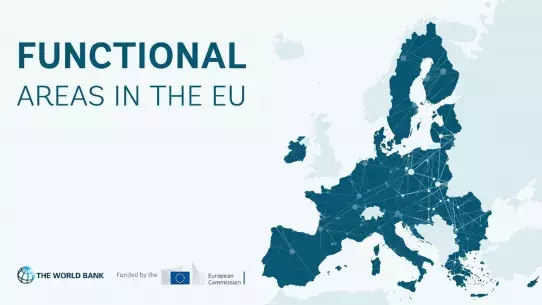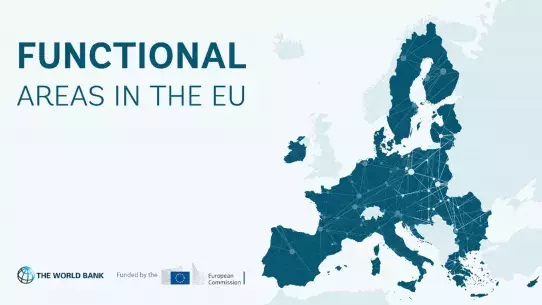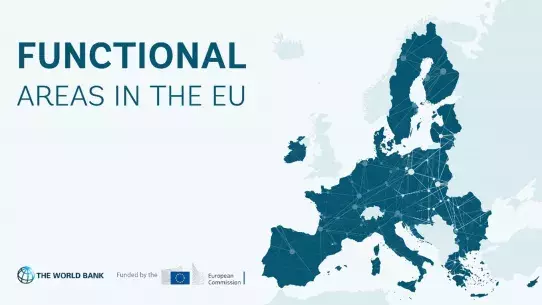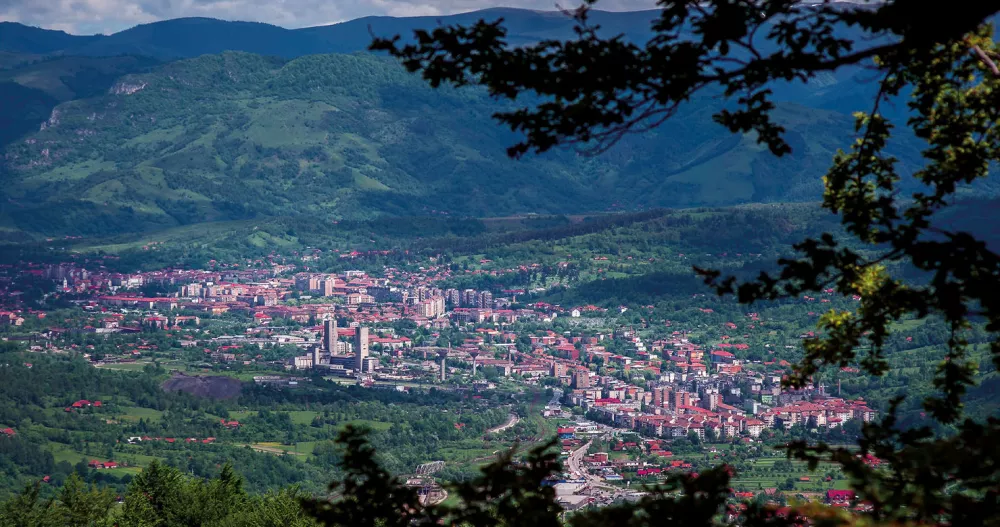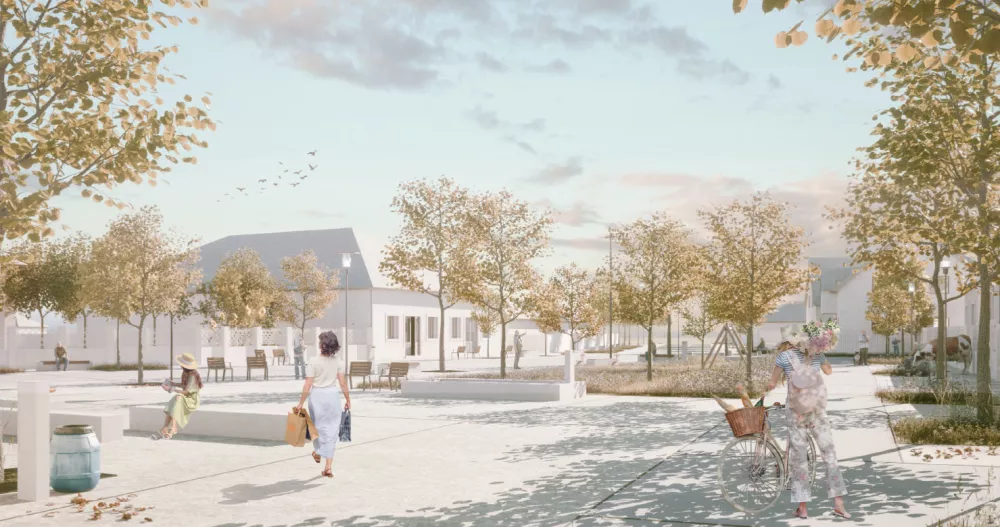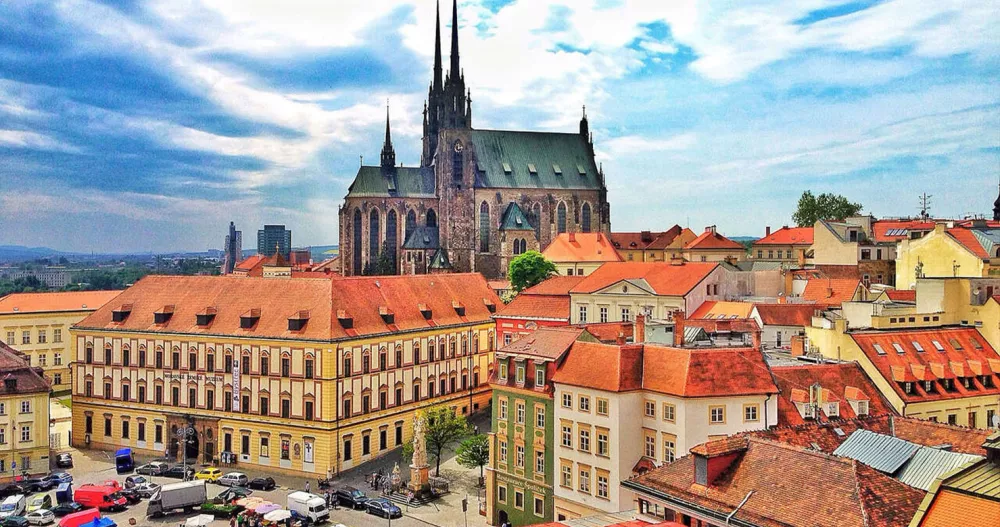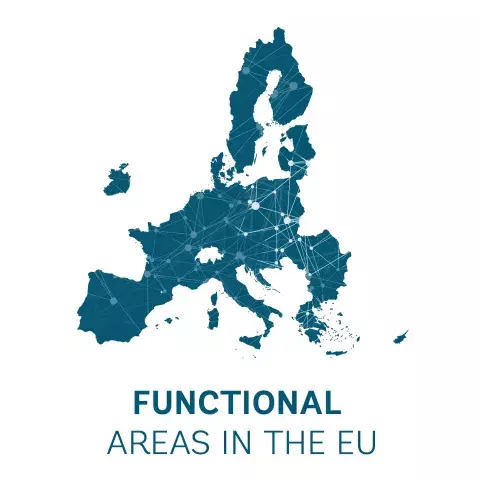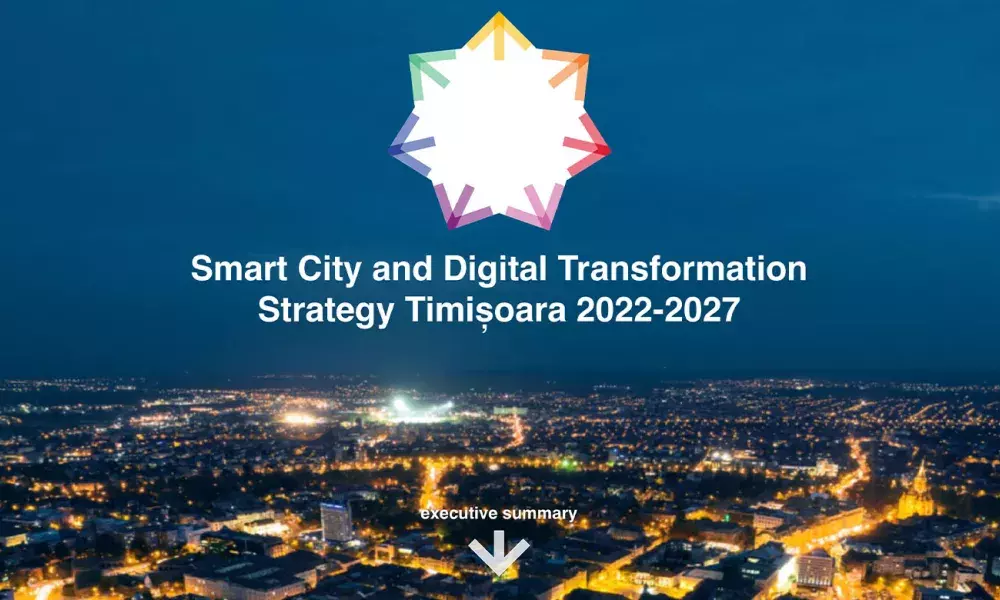
GOVERNANCE | CIVIC ENGAGEMENT | DIGITALISATION AND CLOUD
Challenge
With a city population over 325k, and a metropolitan area population over 440k, Timișoara has the premises for a cohesive urban community. Automation, transparency and traceability of the consultation process through digital means, can contribute to reviving the civic and participatory spirit. The accessibility of public services through state-of-the-art technologies, might stand as a challenge, given that 17,7% of the population is over 65 years old. The technology to interact with citizens is in place, yet under-used, as the payment of taxes and submission of requests takes place in written and physical format.
In Timișoara there are the ingredients for an innovation ecosystem – universities, R&D institutes, corporations, startups, intermediaries etc. – but these are barely exploited at the level of structure, collaboration and exchange of knowledge. The highly qualified human capital, so relevant for the smart city, is provided by the universities, yet the volume is insufficient by comparison to the demand from industry.

Solution
The city of Timișoara has built, together with the local ecosystem of actors (IT companies, academia, NGOs and many interested citizens) and international experts, a complete strategy to bring the city into the digital age. The proposed strategy will enter into public consultation on Thursday for the next 30 working days.
Timisoara is a hub of innovation and research and one of the largest university centers in Romania. In a recent study, the Quality of Life Barometer showed that, from the point of view of an advanced internet connection, Timișoara is above the European Union average. According to the barometer, Timisoara has a connectivity of 92.4%, compared to the EU which has 92% and Romania 89%.
Following a public consultation with stakeholders, the first 10 malfunctions identified will be prioritised. At the top are “daily stress and unnecessary consumption of time and resources” and “the existence of two parallel digital and paper worlds in the field of public services”, the results being available in the strategy paper.
The strategy design process was carried out over a period of 6 months and is completed after approval by the Local Council. As many actors as possible were involved to ensure that the implementation of the strategy was undertaken jointly by the whole community. The digital transformation of a city cannot be accomplished only by the mayor’s office, but requires the support of the entire local ecosystem. The strategy is divided into 7 major strategic areas targeting the daily lives of citizens: decision-making transparency and participatory governance, quality public services, innovation and the economic environment, attracting and retaining skilled labour force, environment and sanitation, culture and recreation, mobility and public transport.
A total of 165 strategic projects are included, of which 27 are already being implemented. To ensure their implementation and monitoring, 62 performance indicators will be updated annually and there will be a partner who will act as a leader for each project.
Among the most important projects there are:
- Unique portal to ensure the connection of the citizen and the companies with the local public administration
- City information app for visitors and citizens
- Event portal that will serve both participants and event organisers
- Mapping civil society and local working groups
- Implementing the participatory budget
- Digital model of the city (Timișoara Digital Twin)
This strategy will be able to attract significant non-reimbursable funding through PNRR and other multiannual programs launched by the European Union.
Other best practices
About this resource
In 2021, the European Commission launched a pilot project to improve functional area approaches in the EU and has partnered with the World Bank to implement this initiative. As part of the project, the project team collaborated with 12 functional areas from seven EU countries, providing them with tailored technical support and assistance: Zagreb Urban Agglomeration (Croatia), Brno Metropolitan Area (Czech Republic), West Athens (Greece), Lake Balaton Area (Hungary), Kalisz-Ostrów Agglomeration, Kraków Metropolitan Area (Poland), Jiu Valley and Jiu Conurbation Functional Area, Caraș-Timiș Functional Area, Cluj Metropolitan Area, Oradea Metropolitan Area, West Ialomița Functional Area (Romania), and Trenčín Functional Area (Slovakia).
Similar content
